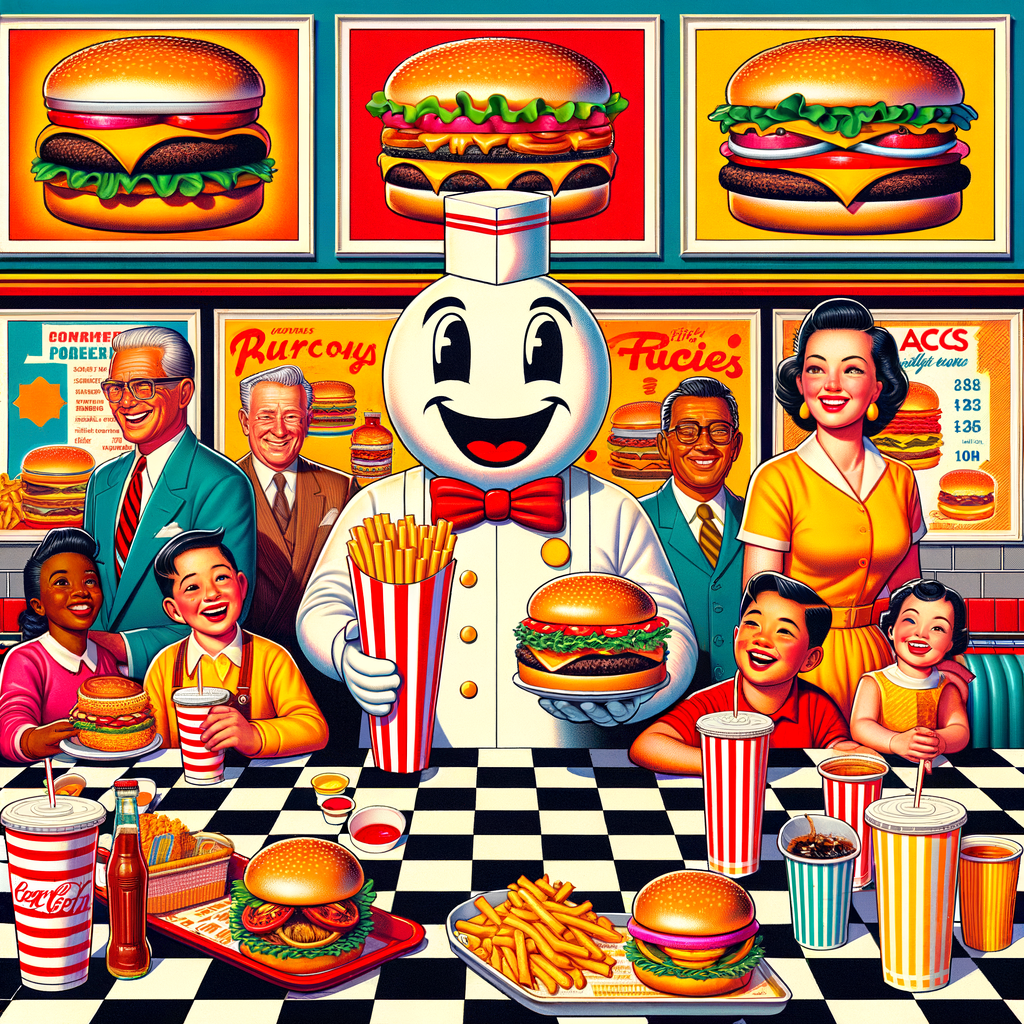Eating Your Nostalgic Feelings Is Big Business: How Fast-Food Chains Are Turning Nostalgia into Profit
Fast-food chains are increasingly tapping into the powerful emotional draw of nostalgia to drive customer engagement and boost profits. In today’s competitive food service market, memories of childhood meals, comfort foods, and iconic brand campaigns are becoming strategic tools. By leaning into retro menus, reboots of vintage mascots, and throwback packaging, companies are finding that the formula for customer loyalty might already be written — in the past.
The Psychology Behind Nostalgia Marketing
Nostalgia as a Marketing Asset
Nostalgia has a unique emotional potency. It’s often linked with periods of personal contentment or simplicity, such as childhood or adolescence. When consumers see a food item or brand from their past, it can trigger a sense of comfort and familiarity that is hard to replicate with new products or branding efforts. Marketers term this “nostalgia marketing,” and it’s especially resonant in times of uncertainty or change — like post-pandemic adaptation, inflationary cycles, or global unrest.
In fact, studies show that nostalgic feelings can lead people to place higher value on products — emotionally and monetarily. This approach not only rekindles emotional connections with existing customers, but can also introduce younger consumers to legacy brands through a sense of ‘retro cool.’
Fast Food’s Built-in Advantage
Fast-food chains are uniquely positioned to capitalize on this trend. Unlike many other industries, food is a sensory experience interwoven with personal memory. For example, a 1990s Happy Meal or a birthday trip to a beloved burger joint isn’t just a transaction — it’s an emotional snapshot. These brands, some of which have been part of American life for decades, hold generational value.
Examples of Nostalgia-Fueled Campaigns in Fast Food
McDonald’s Brings Back Characters and Packaging
Perhaps one of the most successful examples of nostalgia marketing in fast food is McDonald’s 2022 launch of the “Adult Happy Meal.” Not only did it include staple menu items in a playful boxed presentation, but it also featured limited-edition collectible toys modeled after classic McDonald’s mascots like Grimace and the Hamburglar. The campaign drove massive social media engagement and limited-time sellouts — all tied to customers’ desire for a return to childhood experiences.
Taco Bell’s Mexican Pizza Revival
Taco Bell brought back its fan-favorite Mexican Pizza after heavy public demand and advocacy led by celebrities and social media users. Originally discontinued in 2020, the item was reintroduced in 2022 with significant fanfare. The campaign used consumer memory and nostalgia as a center point of its messaging — framing the product as something America missed and now rediscovered.
Pizza Hut’s Vintage Dine-in Experience
Pizza Hut recently sought to recapture its 1980s and 1990s aesthetic by updating select locations to reflect a “throwback” dine-in experience, complete with checkered tablecloths, red plastic cups, and retro signage. Collaborations with fashion brands and merchandise drops reminiscent of the brand’s heyday have further amplified Pizza Hut’s strategy of tying food to the glory of yesterday’s dining room.
Monetization of Memories
Increased Sales Through Limited-Time Offers
Limited-time offerings (LTOs) that draw on nostalgic feelings are effective at stirring demand. Fast food thrives on high-volume, high-turnover operations, and LTOs provide a short-term spike in sales without long-term operational commitment. Offering select dishes from the 1980s for one month, or rolling out vintage menu combos, allows chains to test portions of the market while capturing headlines and foot traffic.
Boosting Digital Engagement
Many of these campaigns are backed by clever digital strategies — augmented reality filters featuring beloved mascots, apps that let users order “secret menu” retro items, or social media games based on past promotions. All of these interactions deepen brand engagement while collecting valuable user data, driving earnings long past the campaign’s run time.
Cross-Generational Reach
The use of nostalgia spans generations. Baby Boomers recall dining at these chains when they first opened. Millennials remember birthday parties at fast-food outposts. Gen Z, though not present for the original campaigns, sees vintage as authentic and inherently shareable in today’s digital culture. This creates a unique opportunity where a single nostalgic campaign can appeal across age groups, increasing brand reach and market saturation.
Navigating the Risks of Nostalgia
While profitable, nostalgia marketing must also be handled thoughtfully. If a brand overplays its hand, it can come across as trying too hard or relying on sentiment to mask declining quality. Additionally, inclusivity is key — times have changed, and not every vintage campaign aligns with modern

